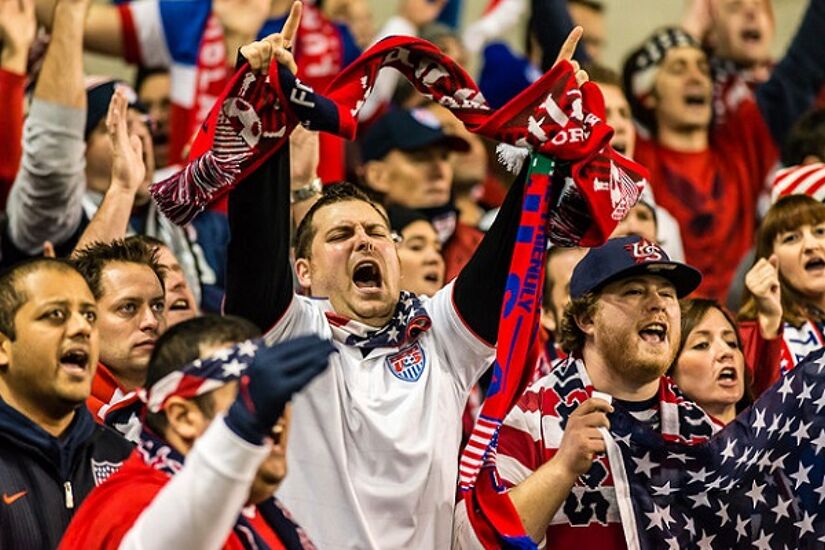Youth View: Danny Stone of Colorado Rapids

Credit: Extratime Team (ETPhotos)
Towards the end of the third day of the Galway Cup, the action was supposed to be winding down with the 2003 Premier Semi-Finals the last to kick-off. Colorado Rapids didn’t read the script though and with two sublime freekicks as well as a well worked team goal, they provided a final thrill by overcoming Foyle Harps by three goals to one to advance to the Cup Final of that age category.
Danny Stone is one of the men in the dugout for the Rapids, seen before games with folded arms and intensively watching the kids as they complete rondo warmups in groups before games, and Extratime.ie talked to him about how he and the Rapids squad were finding the tournament this year.
“The tournament’s been a great experience for the boys, some of them travelling out of the country for the first time, to come and see not only the environments of the tournament but also Galway and the country itself. It’s exciting for them and the level of competition has been great, we’ve really enjoyed ourselves.”
Danny felt that coming up against Irish teams away from home was good for the team to see how they compete and act with it being “a good learning and development experience for them,” as well as the tournament having “a different set of conditions to play in for the boys from what they are used to, the level of competition, like I said, has been a good test for us.”
At academy level, the Colorado Rapids have a link-up with Colorado Fusion to form the Colorado Rapids Youth Soccer Club to run parallel to the MLS club’s own academy and feeds into it once the time is right. Danny explained this relationship further as they worked a lot with the youth club “in terms of a curriculum and programming point of view as well as coaching education for their entire staff.”
“So most of our players in [the Rapids academy] system are first fed through that youth club as a feeder program for us and our academy is linked into our professional first team so the youth club is a big part of our programming and provides us with the vast majority of players that we work with and look at to become academy players and hopefully professional players sometime in the future.”
The academy pulls players from all over Colorado, which has a population of 5.45 million people. Quite the pool of talent to choose from then. However, the expansion of the answer from Danny showed that they were not confined by state borders.
“We also have players from outside of the state as well with our partner programs that we have around the United States. We have four partner clubs from around the country from Los Vegas [Downtown Las Vegas Soccer], Albuquerque in New Mexico [Rio Rapids], Charlotte in North Carolina [Carolina Rapids], and Black Hills in South Dakota [Black Hills Rapids].
“We have full time players in Colorado with us from those clubs as well, and four of the players we have playing with us this week are from our partner clubs in Rio Rapids in Albuquerque and Carolina Rapids in North Carolina. “
With the mind boggling at how far the link-ups spread across the country and with it recently being a hot topic in the Irish media, I asked Danny his opinion about the high fees associated with youth soccer in America.
“There’s certainly a cost to playing youth soccer in the United States for the most part. I think as a club, we have a scholarship program where we try aid and fund as many players as possible for those who are in need of more financial assistance and I think that’s something that is in place in most clubs across the country but there’s no getting away from the fact youth soccer in America is pay-to-play model and there is a cost to it.
“Depending on the level of program and the amount of competition that families and players choose to play in, that cost can be quite significant at times and there’s no getting away from that. It’s something that as many clubs as possible do what they can to help make it as inclusive for as many players as possible.
“With tournaments to play and the United States being such a large country in itself, the travel side of things obviously adds extra cost for players and families also.”

